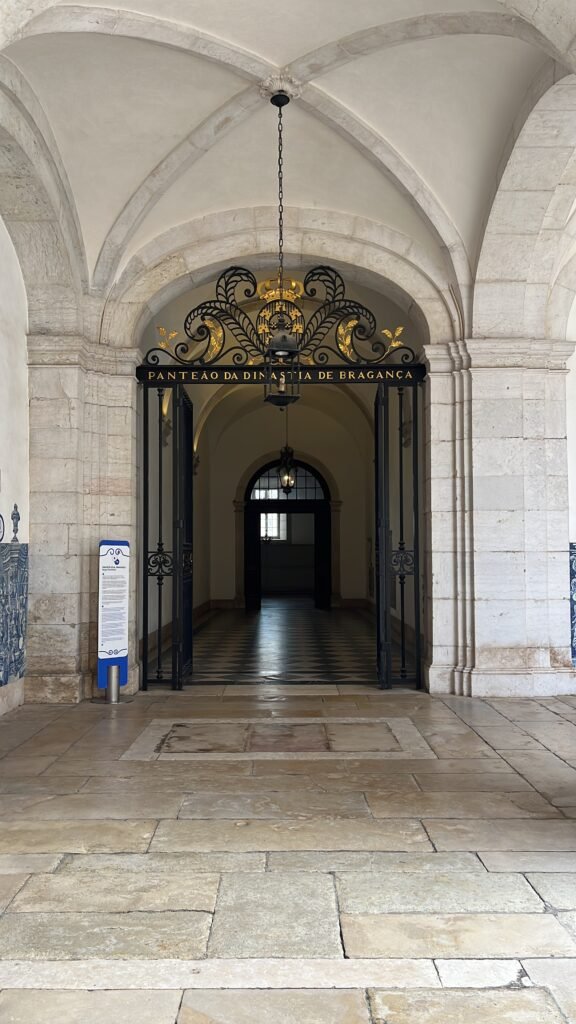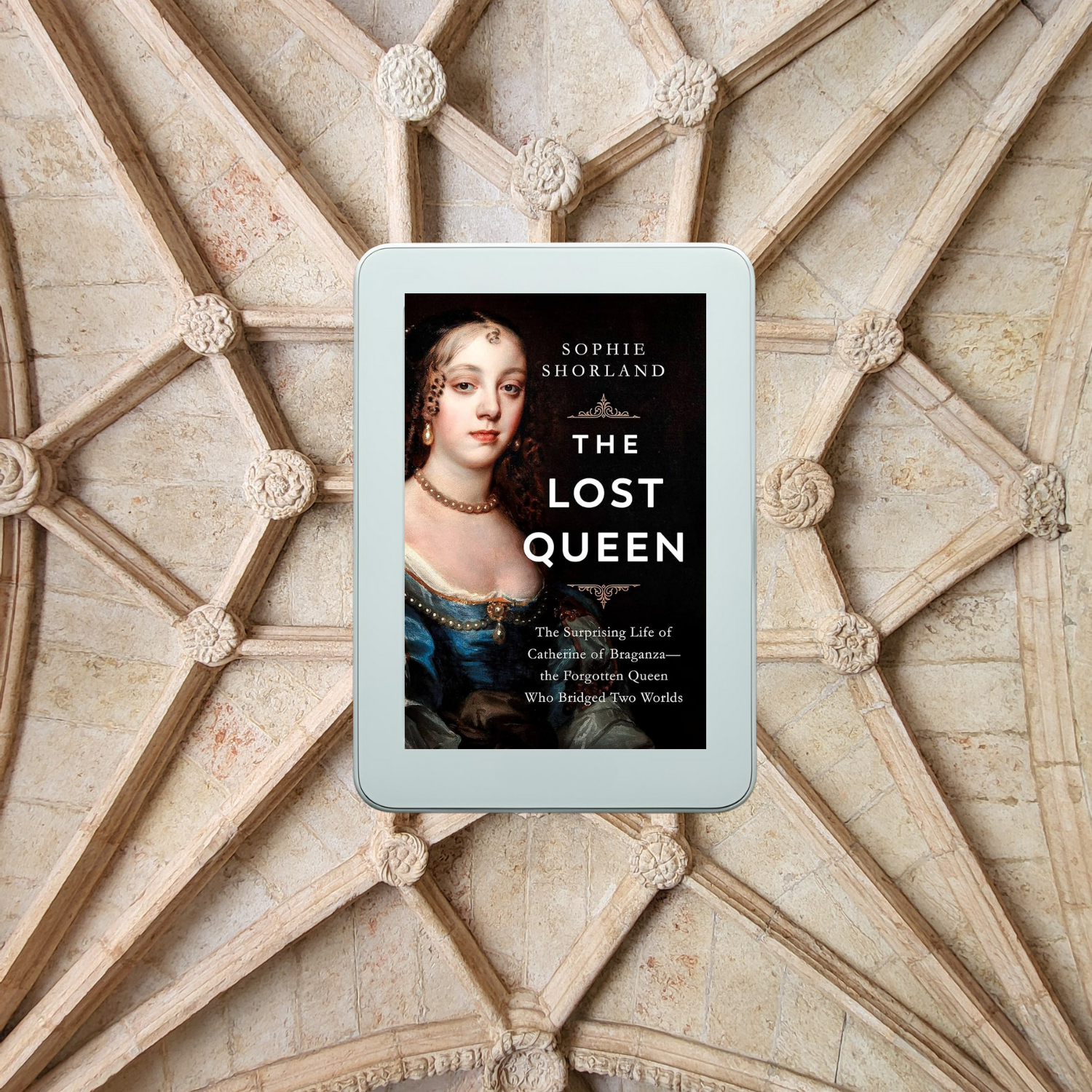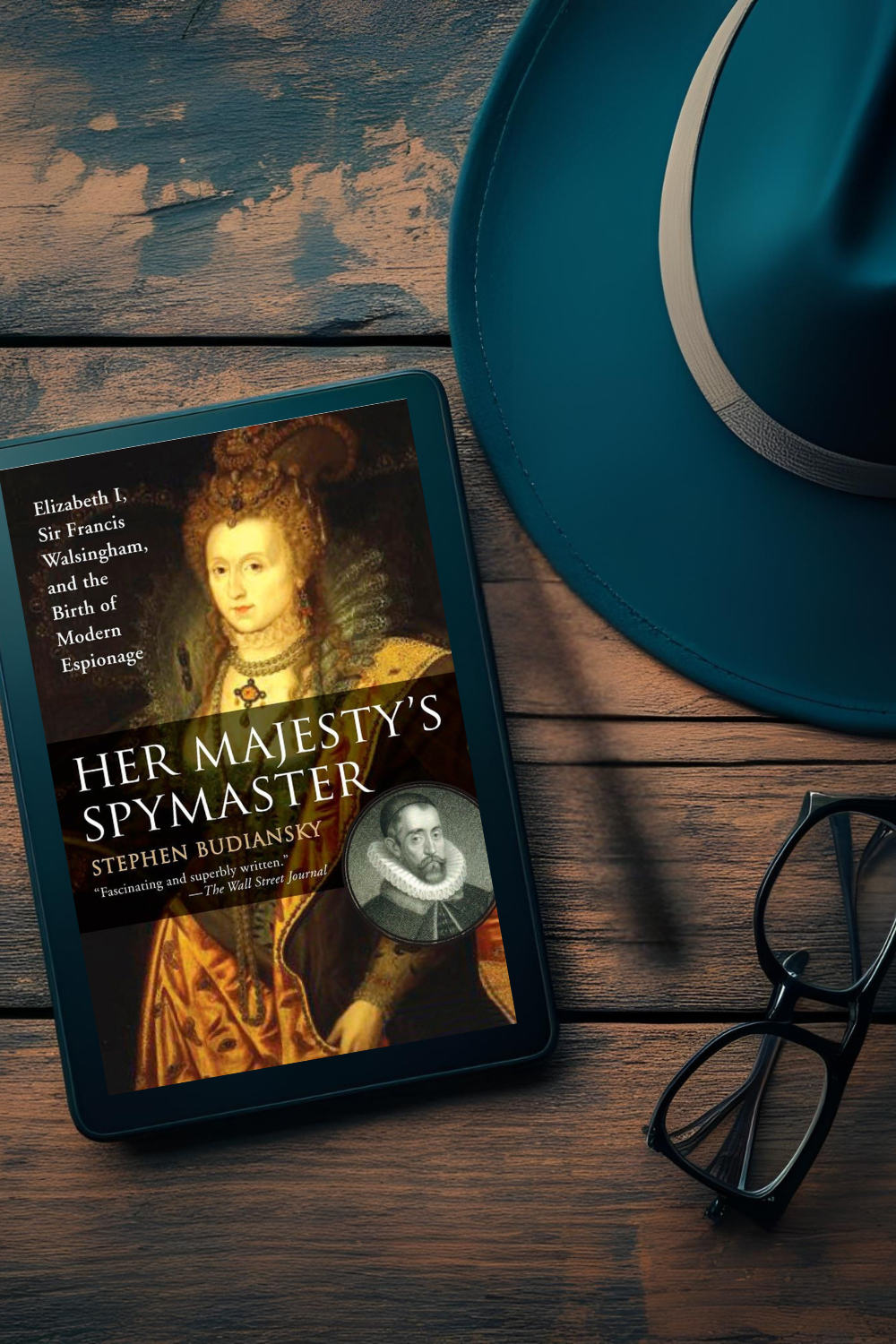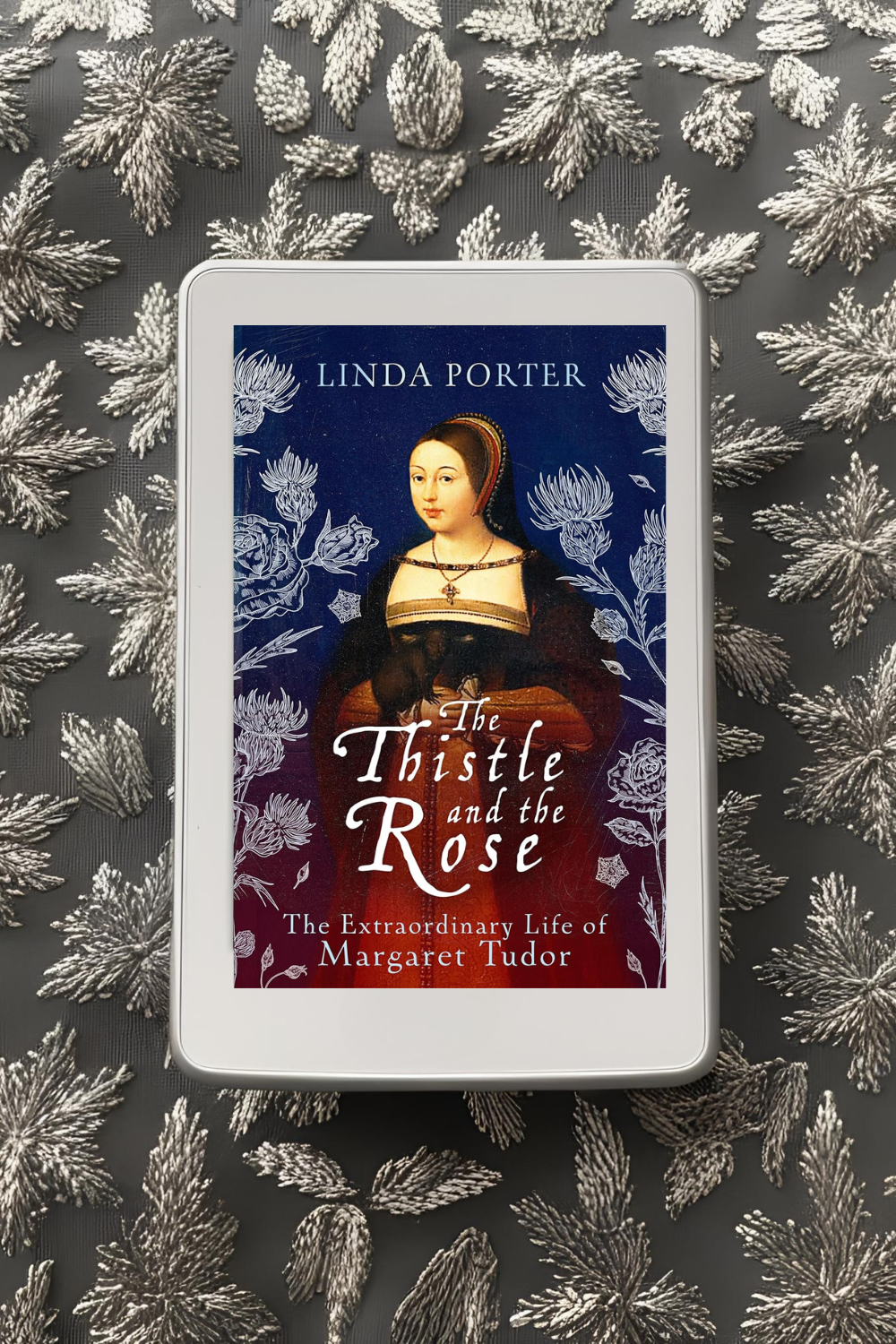Overall rating: ★★★☆☆ (3 out of 5 stars)
Introduction
When you hear about Charles II, you hear about his mistresses, and about the Restoration court. You might hear about his father, or even his mother. You’ll eventually get to his brother, who succeeded him but was overthrown by his own daughters. Yet Charles II also had a wife you’ll almost never hear much about—Catherine of Braganza.
That is why I decided to read the book The Lost Queen: The Surprising Life of Catherine of Braganza―the Forgotten Queen Who Bridged Two Worlds by Sophie Shorland.
Who Was Catherine?
I stumbled across Catherine’s name after getting to hear about Charles II’s mistresses, ironically. Do not get me wrong, Nell Gwyn and Barbara Palmer are very interesting women who deserve the spotlight, but so was Catherine.
Catherine was a Portuguese princess, but her way to becoming one was a bit more rocky than some. The book deals with her life, and to understand her origins, one has to know a bit about the history of Portugal and its crown. The prologue and the first few chapters explain this well. The author takes time to tell us about the succession crisis in Portugal which led to Catherine’s father becoming the king, and it explores her family. She had a strong and ambitious mother, and she loved her brother, who died tragically young.
I’ll admit, I don’t know much about Portuguese history, and it was actually a recent trip to Lisbon that inspired me to give this book a chance before any other I was planning on getting to. I am really glad I did. The history of the House of Braganza is very interesting, especially as they ruled Portugal from 1640 to 1910, which is a very impressive run. It was their house that saw the end of the monarchy in Portugal in 1910, in bloody circumstances which I won’t go into here (maybe there’s an interesting book on it I should give a try?).
I will say, I found I had to pause reading on occasion and look up some of the names and events to really have a clear picture of who’s who. I feel like the author could have been just a bit clearer when trying to explain the admittedly quite convoluted history of how the House of Braganza got to the throne.
Nevertheless, I enjoyed the path the author took us on with Catherine. She detailed her early life and described how Catherine’s marriage to Charles II was negotiated. I honestly had no idea that parts of her dowry were the town of Tangier in what is today Morocco and the Seven Islands of Bombay.
Catherine had a hard time adjusting to life in England, as it was quite different from life in Portugal, but I admire her resilience and political astuteness. She recognized there were things she needed to do and did them, winning quite a few sympathies. That, however, didn’t last for as long as she might have wanted to. She was a Catholic in a Protestant country, and whenever the public sentiment against Catholicism turned, she came under scrutiny and was criticised for being one.
After Charles II died, it took Catherine a while to return to Portugal. She did finally manage it, and although it turned out not to be as great as she remembered it, I am still glad she got the chance to return to her homeland, since it seems it was one of her greatest wishes.
I also had the chance to visit the pantheon where most of her family, including her, were laid to rest. It’s in the Monastery of São Vicente de Fora. It isn’t recommended as often as some other sights in Lisbon, but if you ever find yourself there, give it a visit. You’ll be able to see the impressive resting place of the House of Braganza, and it is within what was once one of the oldest monasteries in Lisbon.
Epilogue
I quite like how the author summarized Catherine’s impact in the epilogue:
“Catherine was also a taste-maker, helping to introduce the baroque to England, popularising tea drinking and changing English music. In her own time, she started a vogue for short skirts, and was ever-dutiful as a queen, maintaining diplomatic relations with half of Europe.
When reading about her life, the mob prejudice from which she suffered, the constant embarrassments and threats to her position, it is difficult to not at least admire the fact that at all times she remained dignified. She won the grudging respect of those who were her religious and political opposites. She was depressed one moment, then laughing over a turn of cards the next. She refused to be dismissed, or to remain down, like a weed that keeps on growing. In the great tradition of Portuguese monarchs and their descriptors, she should perhaps be called Catherine the Tenacious.”
I just love these paragraphs, so I thought I’d share them with you.
Conclusion
The book is well-written and easy to read. However, I generally wanted to learn a bit more about Catherine. It seems that even in a book that is supposed to be all about her, she gets sidelined a bit. For example, I’d have loved to hear more about how she popularized tea drinking in England, but all we got is one line about it.
I’d even have liked to learn a bit more about her fertility issues, especially since I believe this is why she is not as remembered as some other wives—she did not give birth to an heir in a time period when this would have been considered her duty and responsibility. I wonder how that might have affected her, especially given how the book often mentions that her position as Queen Consort was uncertain without an heir, and that there were many rumours about Charles II considering divorce. However, as with a lot of women, some things we’ll never know because they were not recorded. Maybe this is the closest we can get to knowing?
I certainly have some additional reading on this time period and these historical figures in mind, so maybe I’ll get to learn more from some other author.
All this to say, I would recommend it to those looking to learn a bit more about this period in English history, and those who would like the focus to be on Catherine, but be prepared for potential gaps in what you can learn.

A picture of the entrance to the Pantheon of the House of Braganza taken when I visited the Monastery of São Vicente de Fora. Inside rests Cathrine, alongside her mother and father and the long dynasty they started.




